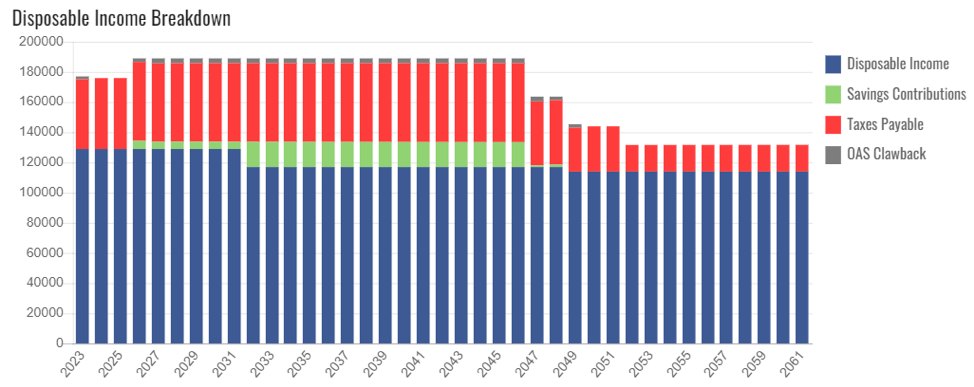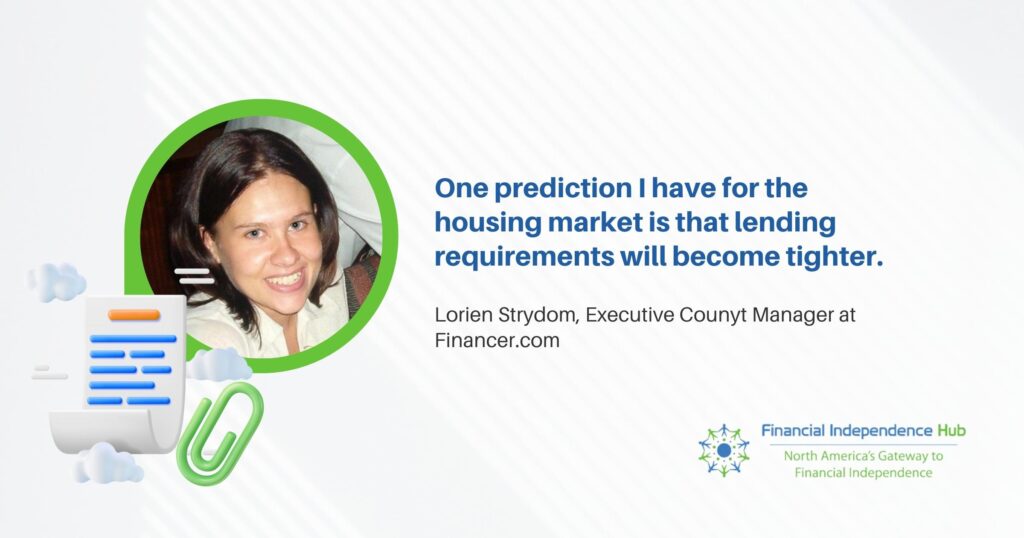
By Kim Catechis, Investment Strategist, Franklin Templeton Institute
and Andrew Buntain, Institutional Portfolio Manager,
Franklin Bissett Investment Management
(Sponsor Content)
The world is living in volatile times.
East-West geopolitical tensions, which had been building even before the COVID-19 pandemic upended the lives of millions around the globe, have exploded into war in Europe. The Russia/Ukraine conflict is now well into its sixth month, with no end in sight. Severe sanctions disconnecting Russia from the West are structural and unlikely to be removed even after the conflict is resolved.
There are real consequences for the world from this conflict. Ukraine’s economy has been ravaged. Europe is back to having a militarized border. NATO has grown stronger and is spending on defence; more than 2% of Gross Domestic Product (GDP) is expected to be allocated to military expenses by member nations. Supply chain disruptions have been exacerbated by the upheaval, with an energy crisis in Europe, fears of famine in Africa, shortages of critical products in many industries and the highest inflation levels in over 40 years.
Growth expectations are falling on the growing realization that central banks are not well placed to deal with food price and energy inflation, despite aggressive policy rate hikes. In many countries, including Canada, fears of recession have replaced fears of overheated economies.
Higher commodity prices a boon for producer nations
Prices for the world’s basic commodities — energy, food, metals and minerals, forest products — soared in the first half of the year. In recent months, they have fallen somewhat but remain high, and this situation is likely to continue. Trade patterns in place for 49 years have been destroyed, and new alliances and infrastructure take time to build. As with any change, there will be winners and losers. For commodity producers like Canada, the evolving dynamics open doors to new opportunities.
Energy hits critical mass
Europe has gone on a buyers’ strike against Russia. In response, Russia is turning off the fossil fuel taps. While not a huge obstacle to oil procurement (there is plenty of oil in the world), natural gas is another matter. Russia controls 30% of the world’s natural gas reserves, and all but one of its gas pipelines go to western Europe.
Filling the huge supply gap left by Russia presents a once-in-a-lifetime opportunity for other producers to capture market share in one of the world’s most profitable regions; however, the lack of pipelines to other natural gas-producing regions means that liquid natural gas (LNG) must be transported by ship.
Largely because of transport costs, nearby producers with spare capacity like Qatar, Algeria, and Nigeria, will likely be the winners rather than Canada. In any case, Canada still benefits from the cascading effect of higher fuel prices. In the meantime, close to 20 projects have been proposed in Canada to export LNG through both coasts. Without doubt, there will be other opportunities.
“E” is for environmental backlash
As winter approaches and energy concerns grow, concerns have arisen that attractive prices and the renewed drive to obtain reliable fossil fuel supplies will set back efforts to combat climate change. For Europeans, there is no alternative to ESG; the “green deal” already in place prior to the war has been accelerated. Concurrently, however, a strong view is building that the definition of ESG needs to evolve, with many preferring “sustainability” and a focus on inclusion, rather than the exclusion often associated with ESG.
Overall, Canada’s oil and gas extraction and refining methods are considered very environmentally friendly. One example is a long-time holding in the Franklin Bissett portfolios, ARC Resources Ltd. Rather than pay others to dispose of wastewater from the drilling process, the company’s Montney operation recycles and reuses the water.
The other two letters in ESG — “S” for social and “G” for governance — should not be ignored. In an era where enormous value is being placed on reliability, a stable workforce and good corporate governance have become at least as important as efficiency. Under these criteria as well, Canada performs better than most; the Canadian oil and gas industry is recognized globally for strong social progress and governance metrics.
Agriculture: food for thought
The global response to threats of food shortages has been to advocate opening up more land for crops, but the planet has a limited amount of cropland. Significantly, almost half of the grains produced worldwide are used for animal feed, which people then consume indirectly by eating meat. In Europe, we are seeing an increase in vegetarianism; if meat consumption were to decline further because of the current situation, it could potentially lead to new patterns of behaviour that imply lower demand for animal feed. Elsewhere, food insecurity is growing, especially across Africa.
Ukraine is a major producer of sunflower oils, barley and maize (corn). Grain prices peaked in June as the United Nations struck a deal to allow some Ukraine grain shipments from Mariupol, but there is no guarantee it will continue. In countries most at risk of shortages from the disruptions, such as Nigeria and Bangladesh, people already tend to pay the largest proportion of their budgets for food. Turkey and Egypt are also very exposed to Russian wheat and have little reserve stock. Continue Reading…








